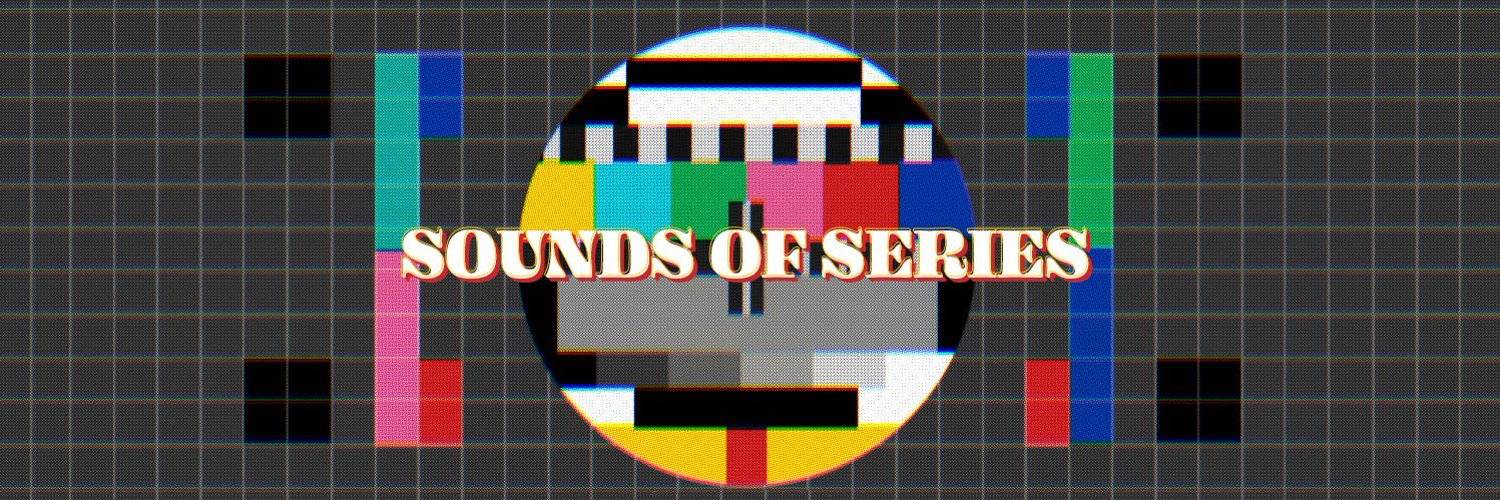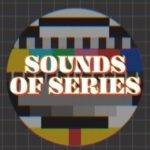Interview with Haroun Barazanchi, set designer on The Rings of Power
The fantasy series The Lord of the Rings: The Rings of Power premiered on Prime Video on september 1st. The series takes place thousands of years before the events of “The Hobbit” and “The Lord of the Rings” and tells the story of Middle-earth. It was the most awaited show of the year as the budget for the series was one of the biggest ever for a show. But we can all agree that it is truly worth it and a delight to watch. Probably one of the most beautiful show, we ever seen. So maybe you have some questions about its conception…
Haroun Barazanchi who worked as a Set Designer on the series agreed to answer some of our questions to explain his job and working on a big show like this one! He worked on some sets like Tirharad village and Well, the Barn interior, The Numenor Alley…
So if you want to learn more about what it is like to work as a Set Designer, keep reading!

Can you introduce yourself and explain how you became a set designer?
I’m, what people call, a third culture kid. Born in Iraq and raised in New Zealand since I was 8 years old. I graduated as an architectural designer and worked in the architecture industry for about 3 years before joining the film industry as a set designer. I didn’t know I wanted to be a Set Designer until I saw it advertised on a university Facebook group by one of my classmates. It was at the perfect time in my career because I was thinking about where my architectural career was going to take me. And when the opportunity presented itself, it took me straight to film. I went for an interview and got the job the following week. I spent 12-13 hours in the office every day for a few months to sharpen my modeling and drafting skills. I knew after just a few weeks that this is the place I wanted to be in
Can you explain what a set designer does?
Essentially, a set designer is responsible for rationalizing the information provided by the Art Directors and Production Designer into 3D working models and construction drawings. We then supervise the entire construction process of the set.
Is there a particular aspect of the job that people probably don’t know about?
There are a couple of things I believe people don’t know about our work. For instance, our 3D models are often used in VFX. Also, Set Decoration and Set Design are two different departments.
What is the most important aspect of set design?
It depends on the show itself. Our consideration of what is important when designing a set changes based on the ongoing conversation with Art Directors and other heads of department. Sometimes it’s about research, other times it’s about how quickly you can produce work.
With which other profession does a set designer collaborate the most?
Art Directors. They’re so important for us to get our work done efficiently. Things are constantly changing in pre-production so we’re in constant communication with them.

How do you feel about working on one of the biggest and most anticipated series of the year?
During pre-production, there is so much to do that it’s hard to dwell on what the show means to the audience and you’re in a constant state of doing. It’s only after the show has come out that you realize how cool it is to be a part of it and how proud you are of the people you’ve built relationships with along the way.
Can you explain a little bit about the process of creating sets for LOTR?
We worked with concept artists to guide us on the general look and feel of the set and receive a brief regarding the vision for the set. For example, inNúmenor, the production designer wanted to pull from Babylonian and Sumerian influences layered over the span of hundreds of years, what would that look like? So you would notice a mix of materials and construction methods on the walls. We especially had to focus on the details of the set by understanding the cultures living within the set.
How do you find inspiration for working on a fantasy series (besides the already existing movies)?
Inspiration for me comes from a collective effort in the art department to recall from experience and find real-world references to work from. We were lucky enough on this show to work with some of the best concept artists in the world like John Howe to inform our designs
What works inspired you to do this job?
I think just the opportunity to work on a show based on J.R.R. Tolkien’s The Lord of the Rings with some of the best creatives in New Zealand and abroad was enough for me to take on this job.
How long does it take to create a set design for a series like this one?
Well, this show specifically took over 2 years in pre-production to complete. Usually, it’s not that long. We had to work around Covid lockdowns so this may have had something to do with it.

What was the biggest difficulty?
The changes. I had to learn quickly not to get too attached to my designs. Whether it is the changes to the script or changes to the budget, by the end of it we land on the 100th revision. But that’s how we get the best outcomes.
What did you like to do the most on the LOTR set?
It’s hard to choose what I liked the most. I would probably say the most fulfilling would be going on-set while the set is being constructed. Seeing the talented builders, plasterers, painters, and sculptors bring your work to life down to the finest detail is special. Not to mention greens, and set decorators adding another layer of depth to the set. It’s awesome!
You are also working on another series, Our Flag Means Death, which is a romantic comedy. Is there a big change in working on different genres?
With Our Flag Means Death, we can get away with making it more whimsical and exaggerating reality. LOTR had more of a serious approach.
Now that movies and series use more CGI, does it have an impact on your work?
Definitely has an impact. There is now more reliance on LED screens instead of green screens. We have to work a lot closer with VFX now than ever before. With less construction happening on non-practical sets I feel that we have to evolve with the technology and become more proficient in 3D modeling.
What movies/series would you like to work on?
I would love to work on an indie film or a period piece. I learn a lot about the world when I’m forced to research.
What advice would you give to someone who wants to become a set designer?
There are many schools these days that offer courses. And through these courses, you can find contacts that can get you your first job in the industry. Alternatively, getting the word out to friends and family can sometimes be the best way in – you’ll likely know someone who might know someone. You may not find yourself in the right department initially but you will get there. Remember that the journey is just as important as the destination, so let your curiosity guide you.
You can find Haroun Barazanchi on instragram : https://www.instagram.com/barazanchi/




Leave a Comment